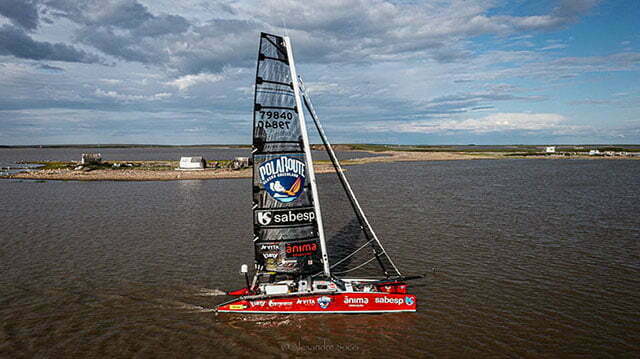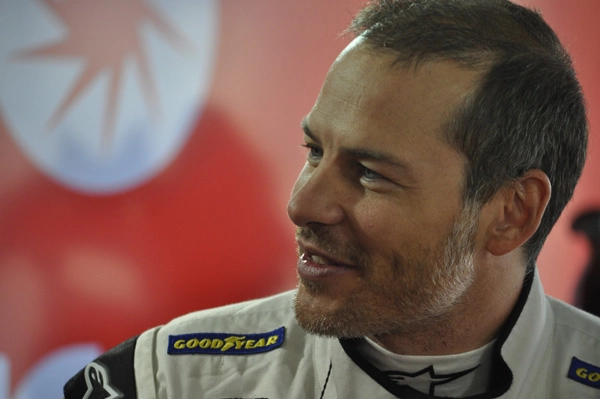Sailors crossing the Northwest Passage
The search for Northwest Passage it began in the 15th century and gradually became a mythical polar route. In the past, its economic importance, by reducing the distance between Europe and Asia, was the key that made it desirable. Thus, dozens of notable sailors died searching for him in the Arctic. Finally, the path was discovered at the beginning of the 20th century by Roald Amundsen, an experienced Norwegian explorer. However, to date, the passage is not open commercially. Only on special occasions, and due to global warming reducing the ice of the polar cap. However, two sports sailors are there at the moment, experiencing the difficulties of navigation in the region. The Polar Route expedition, by Beto Pandiane and Igor Bely. The Endless Sea spoke to the duo.
An Interview of the Northwest Passage
To begin with, Beto Pandiane is from São Paulo, he is 64 years old and his profession is sailing. In 1989 he became the North American Hobiecat 16 Champion.
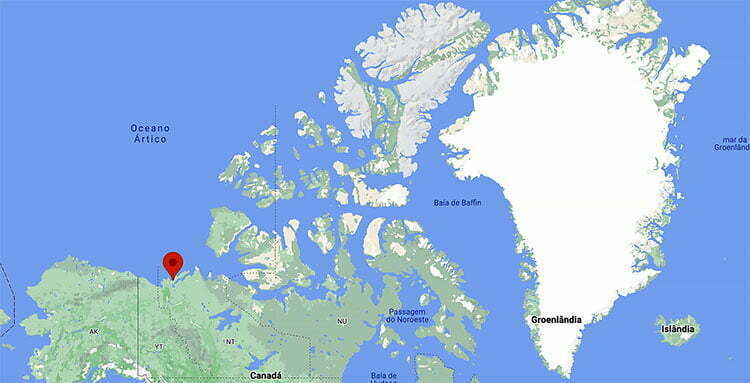
Since then, he has made six other successful expeditions, always on small catamarans. Among them a crossing of the Pacific; just like the The Drake Crossing in 2003, from Ushuaia, to Antarctica, with Igor Bely as a companion.
Igor, 38, is French, graduated in mechanical engineering and mathematics. Despite this, he opted for the nautical. Son of a remarkable couple of sailors, Sophia and Oleg Belly, has participated in more than 40 expeditions to the North and South Polar Regions. As a result, it has covered approximately 300,000 miles. Finally, he is captain of the sailboat Kotic, which is also his home.
Polar Route Expedition – Exploring the Northwest Passage
They aim to complete the polar route of around 2,500 miles in 100 days. The pass is an area of straits, frozen for centuries. Finally, over the past 25 years, the thaw has begun to open it up. Some researchers predict that from the middle of the 21st century, the Arctic is likely to be ice-free during summers.
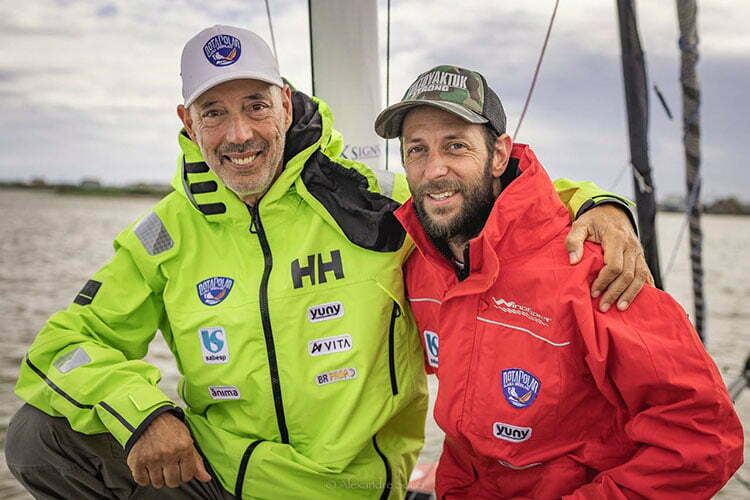
Therefore, Beto and Igor want to understand to what extent this transformation is caused by man or, similarly, an action of nature. Among the objectives of the crossing is the production of a documentary.
Interview with sailors Beto Pandiane and Igor Bely
The endless sea spoke to them both from the Northwest Passage. Questions were sent via WhatsApp and replied on August 3, “in full calm as the Igloo sails at 2.4 knots”, but not with the force of the wind, but with the crew pedaling.
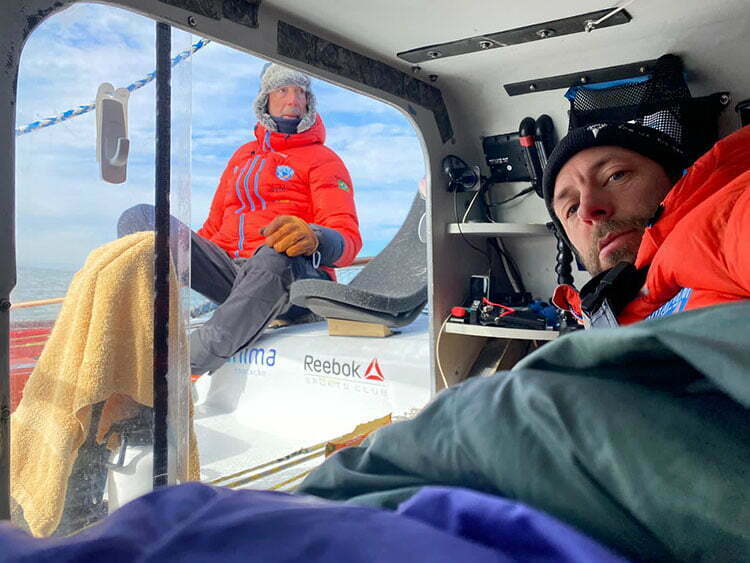
The initial idea was to leave from Nome, in Alaska, on the edge of the North Atlantic, and to finish the crossing in Greenland. For various reasons, they ended up leaving on July 19 from the Canadian town of Tuktoyaktuk in northern Canada, where they had to wait three weeks for the ice to open.
Since then, they have sailed east. So far they have traveled 700 miles, about a third of the way to Greenland. However, nothing is too easy in this region. Among the difficulties, a lot of fog, rain, cold, even unexpected heat, in addition to the technical problems that always arise in routes of this type. Fortunately, everyone even overcomes the fall of the Igloo mast.
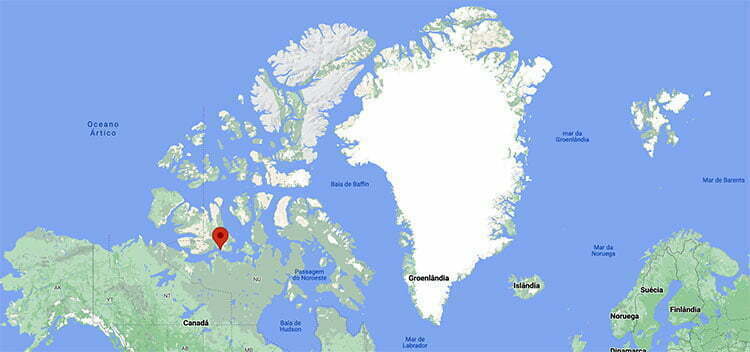
On the day the answers arrived, Concrete and Igor were two days away from Cambridge Bay, where they will carry out repairs on the boat to be able to face more safely what they consider to be “the most delicate stage” of the crossing. Concrete and Igor are hoping to find more ice on the way, as they won’t have 24-hour light like they’ve had so far.
Climate changes
According to Igor, “the theme is on everyone’s lips here”. It is not for less. O The Arctic is warming twice as fast as the rest of the planet according to scientists. Igor says the situation is clearly perceived by the Inuit they met. And he adds: “in some cases we realize that for them it is a hopeless situation”.
In Tuktoyaktuk, where they had to wait for the ice to open, “we took temperatures of 25°C and saw how the permafrost was melting. Permafrost is permanently frozen ground with large deposits of methane. This scares scientists, especially since it is a gas even more powerful than CO2.
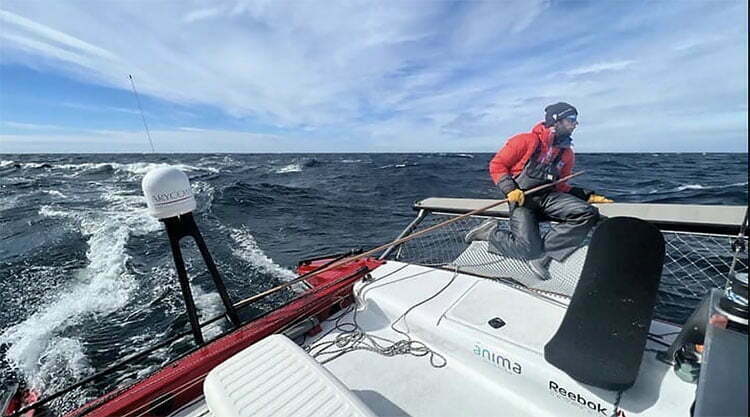
In the meantime, he says, “everything changes”. Inuit say the situation has changed the behavior of animals and even the frequency and intensity of storms.”
“The city is collapsing. There are already plans to move it to a higher location within 30 years at the latest”.
tourist vessels
Due to the shrinking ice of the polar ice cap, the couple passed tourist boats that also take the same route. Next to them, only the speedboats used by the Inuit for fishing, hiking or beluga hunting. As they cruise along the canals, Igor says, it is possible to see old wooden sailboats on the banks now rotting in neglect.
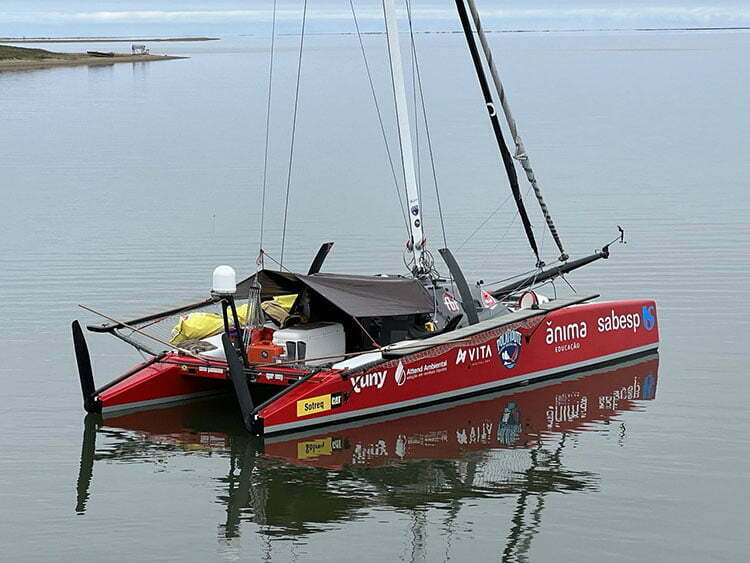
Concrete say they have studied the area and the course in depth, “but the reality is still very different”. He’s spent years studying Google’s passage, books, and movies. At the time of the interview, the little Igloo was with an additional crew member, cameraman Alexandre Socci, a specialist in adventure sports and a documentary filmmaker.
“A hell of a catch with a maze of ice at our bow”
“Generally,” says Concrete, “we took everything possible from the get-go.” Among other things, strong winds, short waves, calm, medium wind, in addition to very cold”.
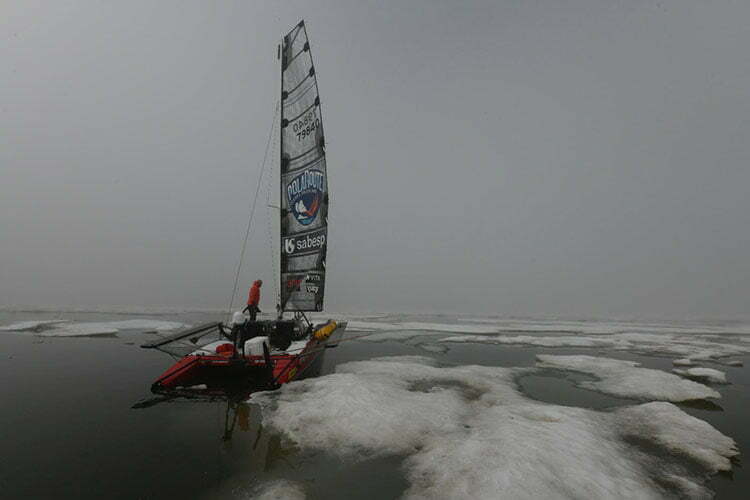
For him, the second day of the trip “was quite a catch with a maze of ice at our bow”.
From Cambridge Bay
Concrete concerns about what lies ahead from Cambridge Bay, “with a lot more ice to come”. The first few days the weather was so hot that they saw Inuit swimming and even skiing. “I thought I had arrived at the wrong place, with swarms of mosquitoes infesting the atmosphere”. And he adds: ‘It was a shock, it was very hot’.
Concrete studied the John Franklin’s Expedition in the 19th century, organized by the British Navy which resulted in the greatest disaster in the history of Arctic travel. Nobody survived, 129 people died of pneumonia, starvation, cold, as well as scurvy.
But since the duo had gone south, why not go north? “In general, I knew that in this first section the landscape would be more monotonous, with lowlands and without great contrasts. However, after the first few days, the storyline began to surprise.
Likewise, he says, “Inuit are extremely affectionate, always smiling and kind.” ‘Imagine that at 68° north latitude, there is a lot of greenery!’
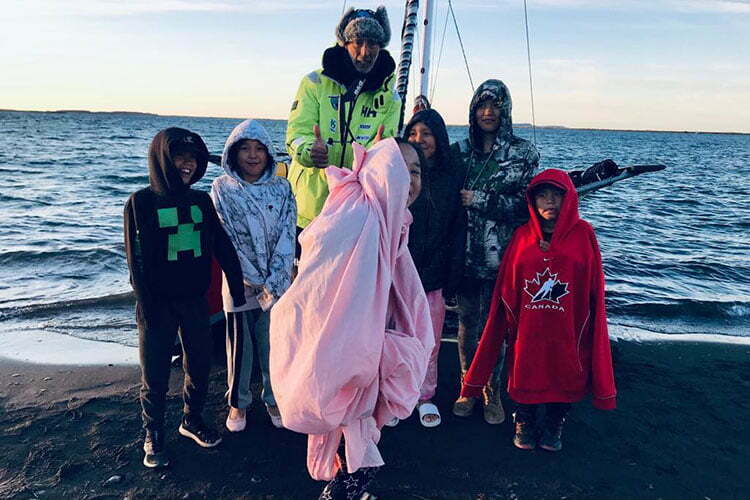
However, “young people and adults have problems with alcohol. Thus, “there is a certain delinquency among young people which however does not concern us”.
Follow the course on the site Polar route.
Ocean cleanup project collects 100,000 kg of plastic

“Evil pop culture fanatic. Extreme bacon geek. Food junkie. Thinker. Hipster-friendly travel nerd. Coffee buff.”

